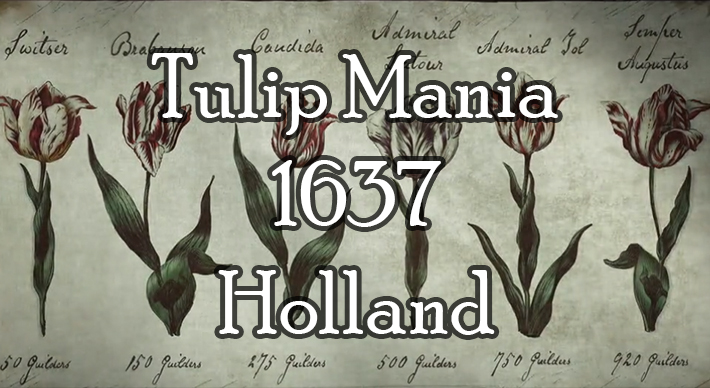But this post isn't about my opinion, although I'm guessing any response to this post will be solely about that. This post is about why suddenly as a society we decided to blindly trust the severity of this virus when our entire history is riddled with examples of ignoring critical health warnings. What has changed in the way we think, the risks we are willing to take, and our responsibility for others? Let's walk through two counter-examples.
Smoking has long been part of our society despite longstanding and clear negative health impacts to both ourselves and those around us. As early as 1929, German Scientist Fritz Lickint discovered a link between smoking and lung cancer. And yet people continued to smoke. By 1964 the US Surgeon General issued a definitive report linking cigarettes with lung cancer. And yet we continued to smoke. In 1986 the US Surgeon General concluded second hand smoke was harmful and potentially deadly. And while Cigarettes were on the decline, we continued to smoke and did so in public. While smoking in public has gotten more and more restrictive, smoking cigarettes is still common with roughly 14% of the US population declared as regular smokers. To make matters worse, as the rate of smokers continually decreased from the mid-1960's, we introduced Vaping in roughly 2005. Today an estimated 9 million citizens say they are regular vapers. Even worse, our youth are using e-Cigarettes at alarming numbers. In one survey 26% of high school juniors said they vaped in the past 30 days and 11% of 8th graders had as well. Over the past 2 years we've begun to see Vapers develop chronic and deadly lung issues as a result of their e-cigarette use. And yet people continue to Vape. Years of evidence on the link between Cigarettes and lung disease. Years of evidence linking second hand smoke and lung disease. Years of evidence linking e-cigarettes and lung disease. And yet we continue to smoke/vape, it continues to be legal, and you can still do it in public. So why is this version of an activity which impacts our lungs, causing sickness and death, ignored by so many of those same people who blindly believe in the risks of COVID-19?

Unprotected sex, outside of marriage, is a common practice in our society. And while I couldn't easily find when health risks became clear, I think it's safe to say we've known for at least the past 100 years. In a 2017 survey, 46% of High School Seniors who'd had sex in the past month did so without protection. It's estimated that as high as 65% of those having sex, do so regularly without using a condom. Yet we know unprotected sex leads to sexually transmitted disease, some of which cause lifelong health issues and death. According to WHO, unprotected sex ranks second amongst the top ten risk factors to health in terms of the burden of disease they cause. The most extreme example is AIDS, where tens of millions of people have died from the disease since the 1980's. WHO also estimates that 350 million people annually contract some form of treatable sexually transmitted disease. A 2016 survey showed unprotected sex as the fastest growing health risk for teens. And while I don't care to entertain a debate on abortion, unprotected sex results in an estimated 600,000+ abortions per year (deaths of unborn humans). So with all of this clear and abundant data on the health risks and associated deaths, why are so many people still having unprotected sex? In fact right now, during lockdown, I'm guessing many unmarried couples are regularly having unprotected sex since buying condoms would require them to leave their house and risk the COVID virus. Think about that, some of our youth are more willing to engage in an activity that has high risk to their health than one that would translate to a lower risk to their health.
Back to my original question. What is it about COVID that's created this level of fear and paranoia, when other and more severe health risks are dismissed daily as commonplace? Why are so many in our society willing to blindly trust health officials, with far less scientific data, about COVID? Why is our government willing to go to this level of extreme to contain this disease when they gladly accept the tax revenue associated with cigarettes which causes the same type of lung disease? Time will tell if this is just a short-term, knee-jerk reaction or whether we're now entering a permanent new norm. But if this many in our society are this concerned about public and personal health risks, maybe we should pay a little more attention (and get a lot more strict) about some of the health risks we choose to ignore and profit off every day.


